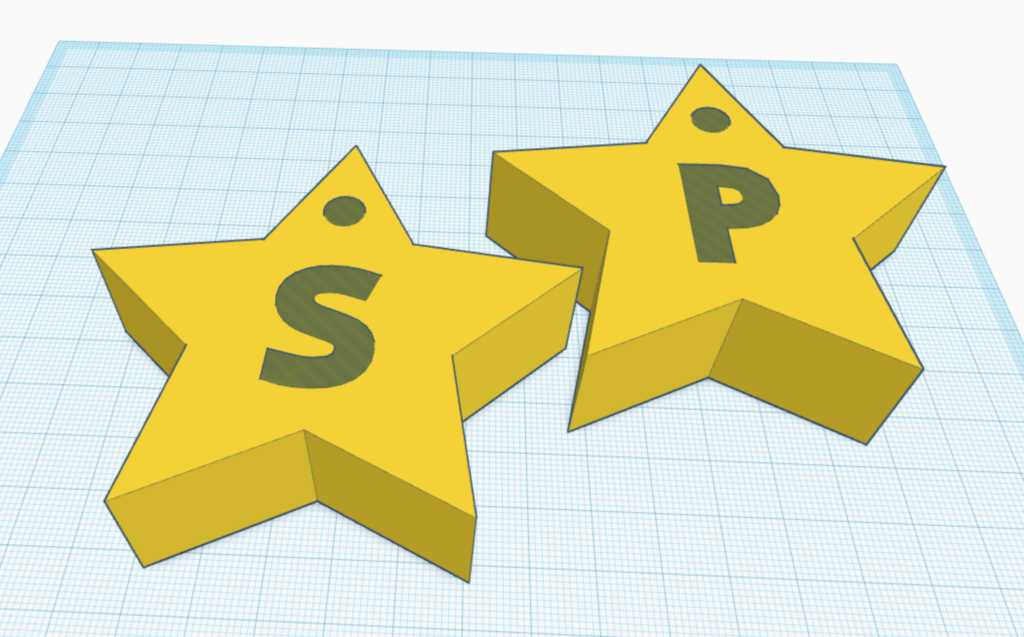TinkerCad design

I had a really good time exploring TinkerCad. I didn’t produce anything outstanding, but I focused on learning how everything works so that I can apply this fundamental understanding of how the program works to more complex design projects.
I have mixed feelings about using 3D printing in ADST and other elementary subjects. It was interesting to brainstorm in groups and then share a class discussion regarding pros and cons of 3D design and printing: we that we had similar and differing ideas when thinking about 3D printing. For example, our group talked about the consumptive/consumer culture aspect of 3D printing. On the other hand, the other group thought about how 3D printing can help promote fixing rather than buying new. Rich called it “local manufacturing”. I asked about the type of material that can be used for 3D printing, and there is a flexible plastic that would work to make a part for an oven we have that has discontinued parts. Interestingly though, the work that would go into measuring to create a model of this part would be extremely laborious, so at this point probably not worth the time, unfortunately. Rich told us about the 3D scanners that can be used for such purposes, but at this point they require a high level of time and skill.
3D printing is being used for incredibly useful innovation in many fields. It has created incredible headway in many fields including medical science (3D printing using human cells), custom parts for scientific instruments (*my dad has had to find creative ways to make custom parts for deep sea instruments all his life without using 3D printing).
Interestingly, my son, Pascal, had a visitor from UVic who talked about science innovation. He showed the Pascal TinkerCad, so after I had played around with it at UVic, Pascal worked with it at home. He enjoyed it, and we will add it to our “useful” computer applications that the kids can spend “screen time” on.
Using TinkerCad in a class would definitely require a step by step lesson to begin. I would probably use this program in middle school with an intentional application that is part of an interdisciplinary project.
TinkerCad is a really great introductory application for anyone who is going to be interested in CAD programs or any 3D design work. There are definitely limitations and certain quirks associated with the program, but overall it is a great entry-level program with many benefits.
*Here is a photo of an instruments that is being replaced in an old CORK spot on the eastern flank of the Juan de Fuca Ridge access. Watch the

*Go to -06:06 and think about how the operators of the ROV work together. How do you think they train for this? How long do you think training takes? What tools and training might you have that would help you work the ROV?
Leave a Reply
You must be logged in to post a comment.